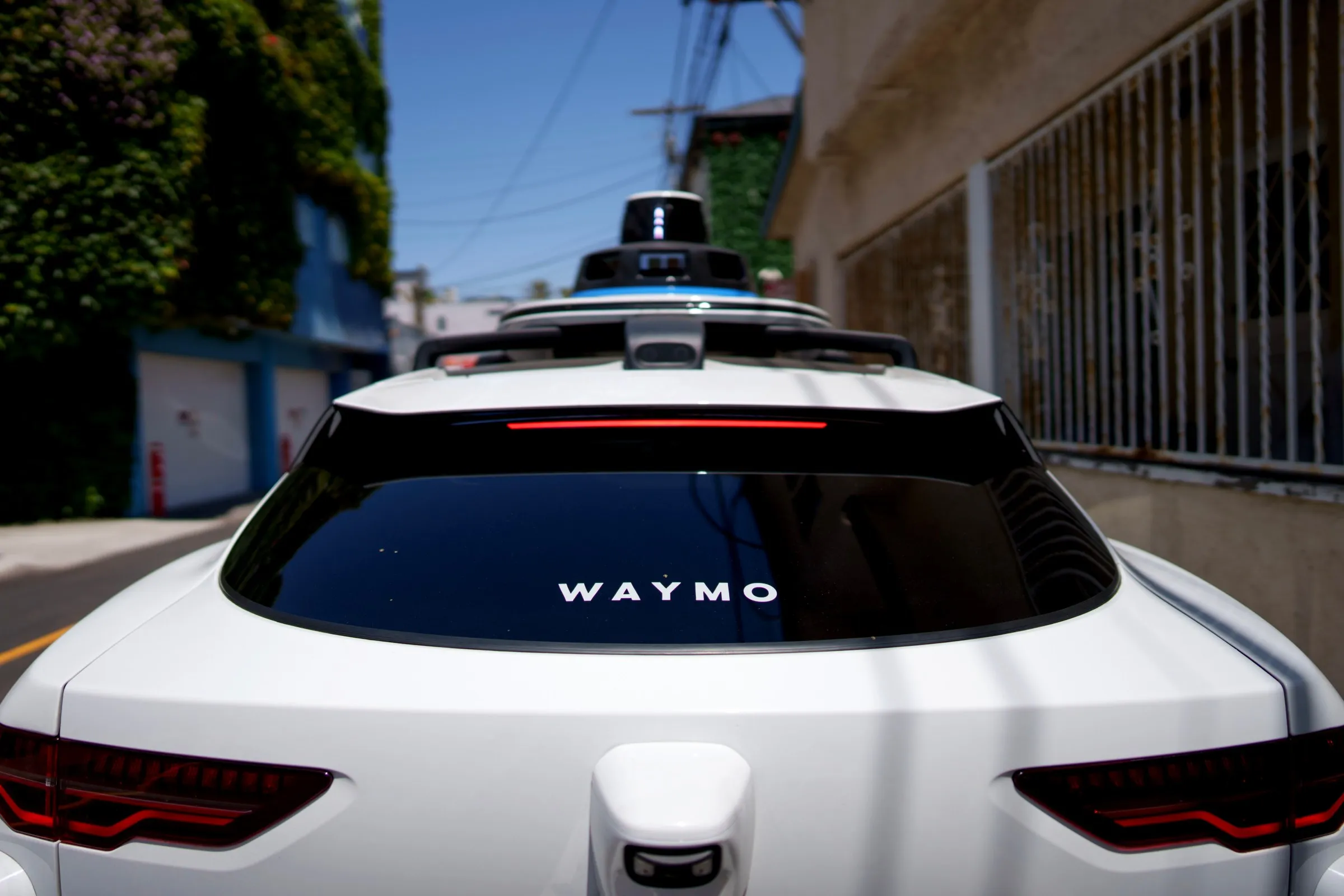Waymo Outlengths Tesla in Austin’s Robotaxi Expansion Race
The battle for supremacy in the autonomous vehicle segment in Austin has taken an unexpected twist. In a recent post, Elon Musk humorously showcased a map outlining Tesla’s planned robotaxi service area in Austin. However, Waymo, Google’s self-driving vehicle subsidiary, responded in kind, releasing a larger map that not only expands its operational territory but also adds layers of complexity to the ongoing competition.
Background: The Rise of Robotaxis
Over the past few years, the development of autonomous taxis has garnered significant media attention and investor interest. Companies like Waymo and Tesla are at the forefront of this technology, pushing boundaries and changing the way we think about transportation. While Tesla has been focused on its EV technology, Waymo has been perfecting its self-driving algorithms, setting its sights on urban environments.
Elon Musk and the Humorous Jab
In early October, Elon Musk took to social media, sharing a map showcasing Tesla’s anticipated coverage in Austin. The map was humorously dubbed “phallic,” eliciting laughter and a flurry of memes online. The playful nature of Musk’s post seemed intended to demonstrate confidence in Tesla’s advancements in autonomous driving.
Waymo’s Strategic Response
However, Waymo responded with a more serious and strategic maneuver. In a surprising turn, the company released an updated and considerably larger robotaxi map for Austin, outlining its current operations and intended expansions. The map marks significant additions to the operational territory that Waymo is planning to cover in the city, effectively overshadowing Tesla’s offerings.
Waymo’s Expansion Plans
Waymo’s updated map showcases new regions of coverage that were previously not included in their operational zone. An operational territory of nearly 200 square miles is now anticipated, including busy urban areas, residential neighborhoods, and more remote locations. This strategic expansion indicates Waymo’s ambition to dominate the autonomous ride-hailing service in Austin.
The Advantages of Waymo’s Approach
Unlike Tesla, which is currently integrating self-driving capabilities into its electric vehicle lineup, Waymo has a more focused approach. By leveraging years of research and testing, Waymo has established a comprehensive system that includes not just vehicles, but a robust software and data analytics framework designed to handle the complexities of driving in urban settings.
Safety and Reliability
Waymo has consistently emphasized the safety and reliability of its autonomous vehicles. With a fleet that has been tested in various terrains and weather conditions, the company claims that its self-driving technology is ready for commercial use. The company’s commitment to transparency through regular reports on safety metrics has also helped build trust within the communities in which it operates.
Competing with Uber
As Waymo and Tesla spar, an additional rival, Uber, is also expanding its autonomous service offerings in Austin. Uber, known primarily for its ridesharing services, has also been working on integrating autonomous vehicles, making this competition increasingly intense. With Waymo expanding its area, Uber must now reevaluate its strategies if it wants to keep pace.
The Market Dynamics in Austin
Austin has become an epicenter for tech innovation, drawing in talent and investment from across the globe. The interplay between these three giant tech companies signals not only an evolution in transportation but also a significant economic shift for the region. Each company’s approach to regulation, safety, and customer service will be crucial in determining who will ultimately win this fierce competition.
What’s Next for Austin?
As the race heats up, residents of Austin can expect significant changes to their commuting landscape. With more autonomous vehicles in operation, the convenience and safety of transportation are likely to improve. However, as these companies expand their services and competition grows, so do the challenges they face.
Public Sentiment and Regulations
Public perception plays a crucial role in the acceptance of self-driving technology. Companies will need to navigate local sentiments regarding safety and technology while engaging with local governments to ensure regulatory compliance. Coordinating with city planners and safety officials will be essential for a smooth roll-out of robotaxi services.
Conclusion: The Future of Robotaxis in Austin
The rivalry between Waymo and Tesla, with Uber also in the mix, heralds a new chapter in the evolution of urban transportation. While Musk’s playful jab has garnered laughs, Waymo’s serious response has positioned it as a formidable competitor in the robotaxi arena. As Austin continues to grow and adapt to these innovations, the real beneficiaries will be its residents, who can expect greater mobility options and potentially reduced traffic congestion.
This battle is far from over; as technology advances and public sentiment shifts, the outcomes remain to be seen. But one thing is clear: the competition will lead to innovations that will benefit the entire transportation ecosystem.







